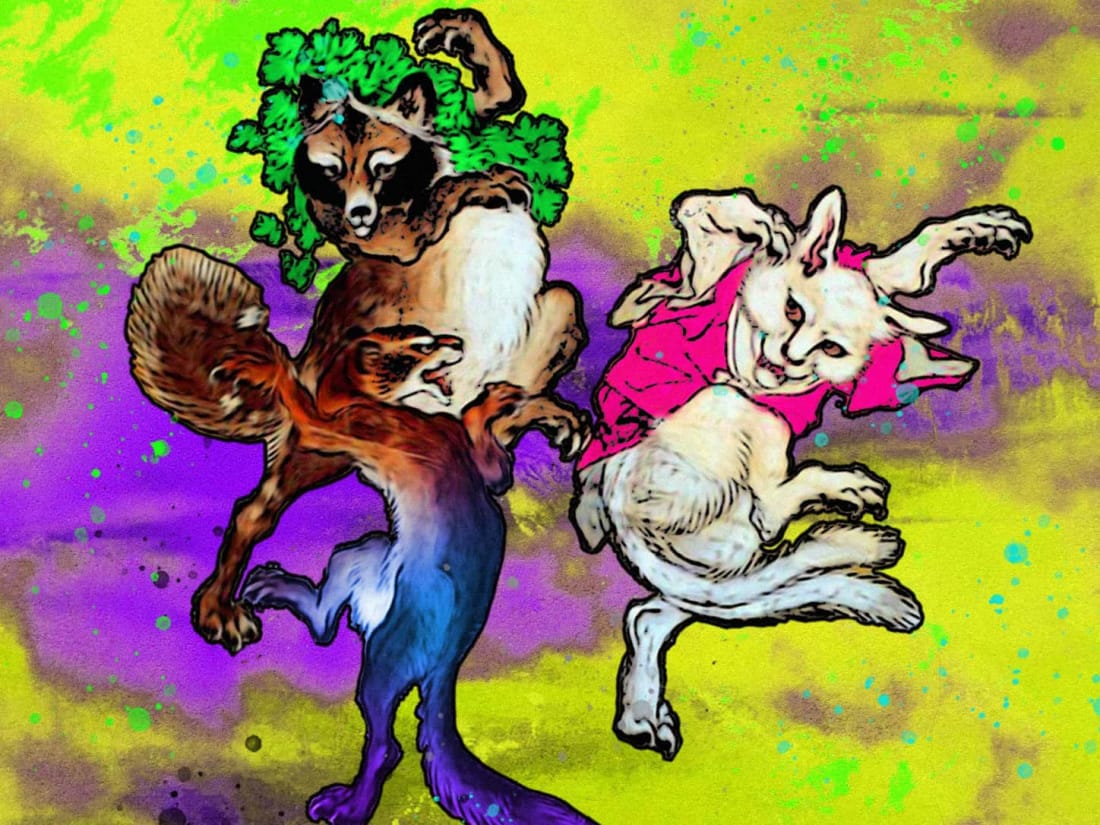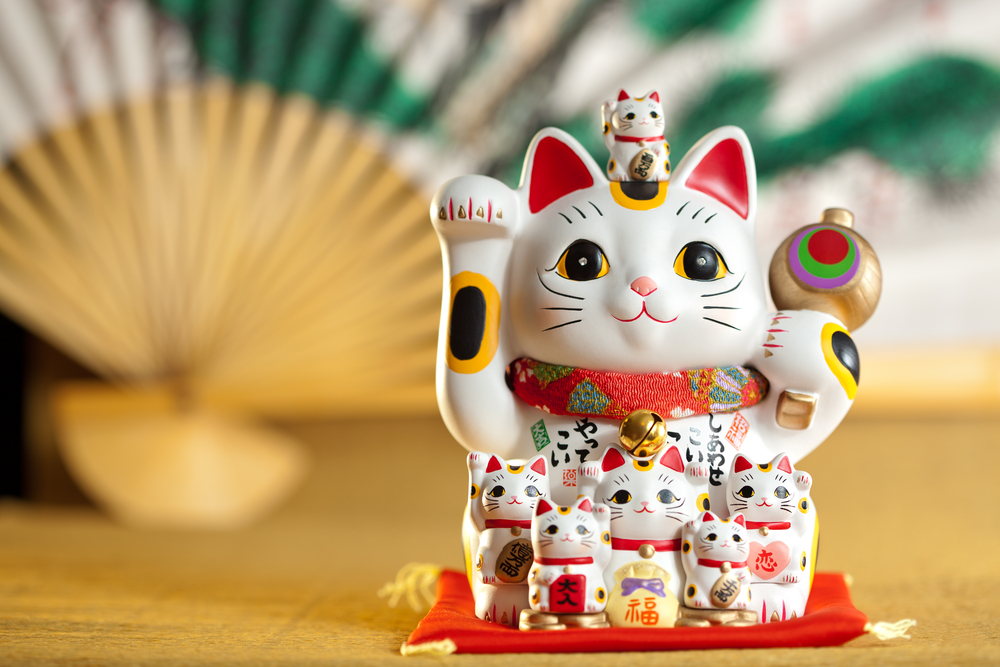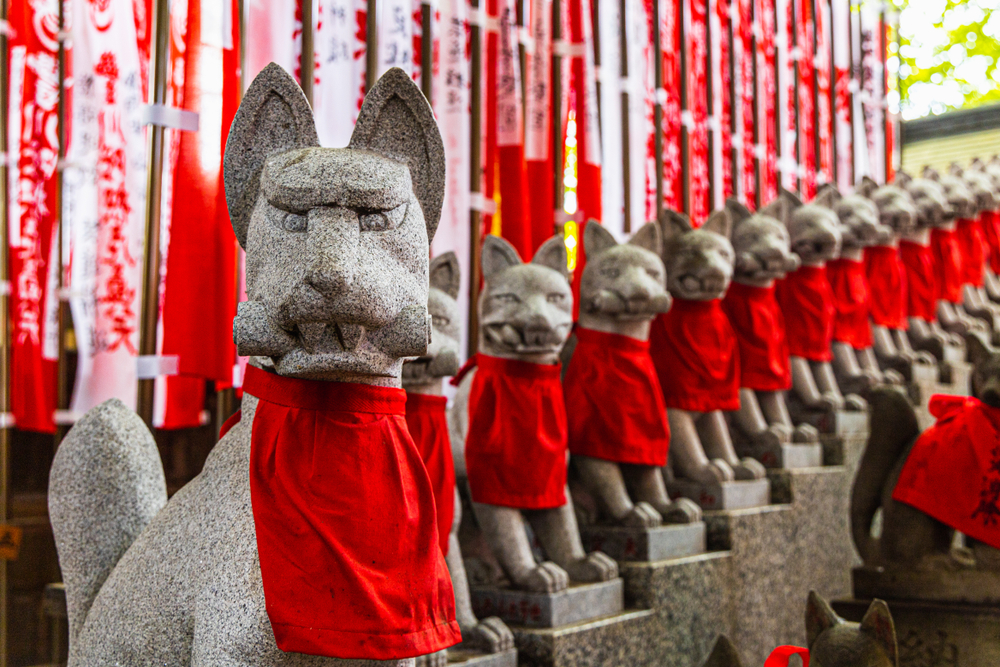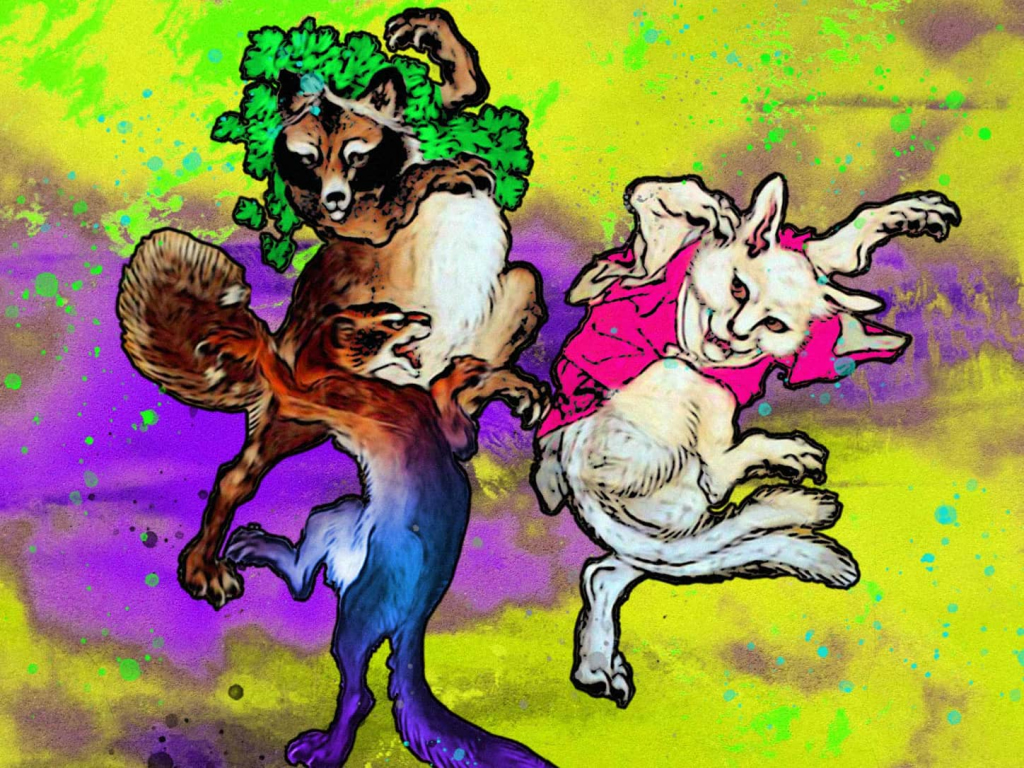
Japanese mythology is very… biological? In the sense that while it does feature gods and other supernatural elements, they all seem to be extensions of the natural world. It’s why, according to myths, Japanese islands were literally born from the womb of the goddess Izanami, because that’s how things come into existence in nature. In short, in Japan, nature is divine and the divine is natural, which explains why magical animals play such a big role in Japanese myths and legends. Here’s a quick guide to the most important ones out there:
Whether a Cat Will Kill You Depends on Its Color or Shape

There isn’t any particular stigma against cats in modern Japan despite centuries of anti-cat sentiments from Japanese mythology, which tends to describe them as nasty, evil creatures. Cats, together with tanuki and foxes, are one of the country’s Big Three shapeshifters but, unlike the other two magical animals, they can only take on a human form by first killing a person in order to copy their appearance. They usually dispose of the body by eating it, which legends say is what happened to the wife and mother of the samurai Komori Hanzaemon. If only water spray bottles had been around then, maybe he could have saved them.
To find out if your cat is planning to commit lethal identity theft on you, look at its color and tail. Old gray and red or orange cats with long tails are apparently the evilest variety, followed by tricolored ones. Not all mythological cats are bad, though. Black and white-colored ones are apparently great at predicting the weather and were favored by sailors, while spotted cats are still considered to bring good luck to businesses thanks to the legend of the maneki neko. So, to summarize: the short-tailed, white-colored Hello Kitty? Safe. Garfield, though, will one day for sure kill Jon and bake him into a lasagna.
Foxes Are a Mixed Bag of Divine, Playful and Murderous

There are more shrines in Japan dedicated to Inari, the deity of food, agriculture and industry, than to any other Shinto god or goddess. Inari is a huge part of Japan’s native religion and, consequently, so are foxes, which are considered symbols of the deity. As such, they have a ton of magical powers, most notably shapeshifting, which thankfully does not require a blood sacrifice. In fact, they often use it for good, like in the story of Kuzunoha, a white fox who was rescued by a young nobleman and, as thanks, turned into a woman, married him, and bore him a son. And yet Japanese pop culture is still somehow synonymous with “cat girls” instead of “fox girls.”
That might be due to other legends like the one of Tamamo, a demonic nine-tailed fox that turned into beautiful women, seduced rules, and drove them mad. Unfortunately, myths like this might also be the basis of the belief in “fox possessions,” which was how Japan used to explain mental illness until well into the 20th century. On a lighter note, local folk legends paint foxes in a much more playful light, like the one about Toku the woodcutter who was tricked into believing that he committed murder and shaved his head to become a monk as penance. That’s when the foxes revealed it was all a joke, inventing the YouTube prank thousands of years before YouTube.
Tanuki Are Playful Bumblers (Unless You Anger Them)

The tanuki “racoon dogs” have been immortalized in Japanese art because of their magic scrotums, but myths about them aren’t as testicularming. They mostly tend to focus on their ability to change shape to make humans look foolish, like by shapeshifting into a person, running a giant bar tab and paying with money that turns into dry leaves the next day. Others are just hilarious comic-relief characters.
One of the most famous tanuki legends is Bunbuku Chagama, the tale of a tanuki that got stuck between his original form and the one of a tea kettle, resembling a pot with a head, legs and a tail. He eventually got sold to a traveling salesman and started performing circus tricks in exchange for food and pats. The salesman really lucked out here because if this tanuki had been like the one in the Kachi-kachi Yama folktale, things wouldn’t turn out so kid-friendly.
Kachi-kachi Yama tells the story of a farmer who captures a tanuki that was ruining his field and plans to kill it. When he’s out, though, the animal begs the farmer’s wife to be merciful and release him so she does. That’s when the animal kills the wife, shapeshifts into her and serves the farmer a stew made from his wife’s flesh. A rabbit later punishes the tanuki but we don’t know how much of a relief that was to a man who unwillingly became a cannibal.









